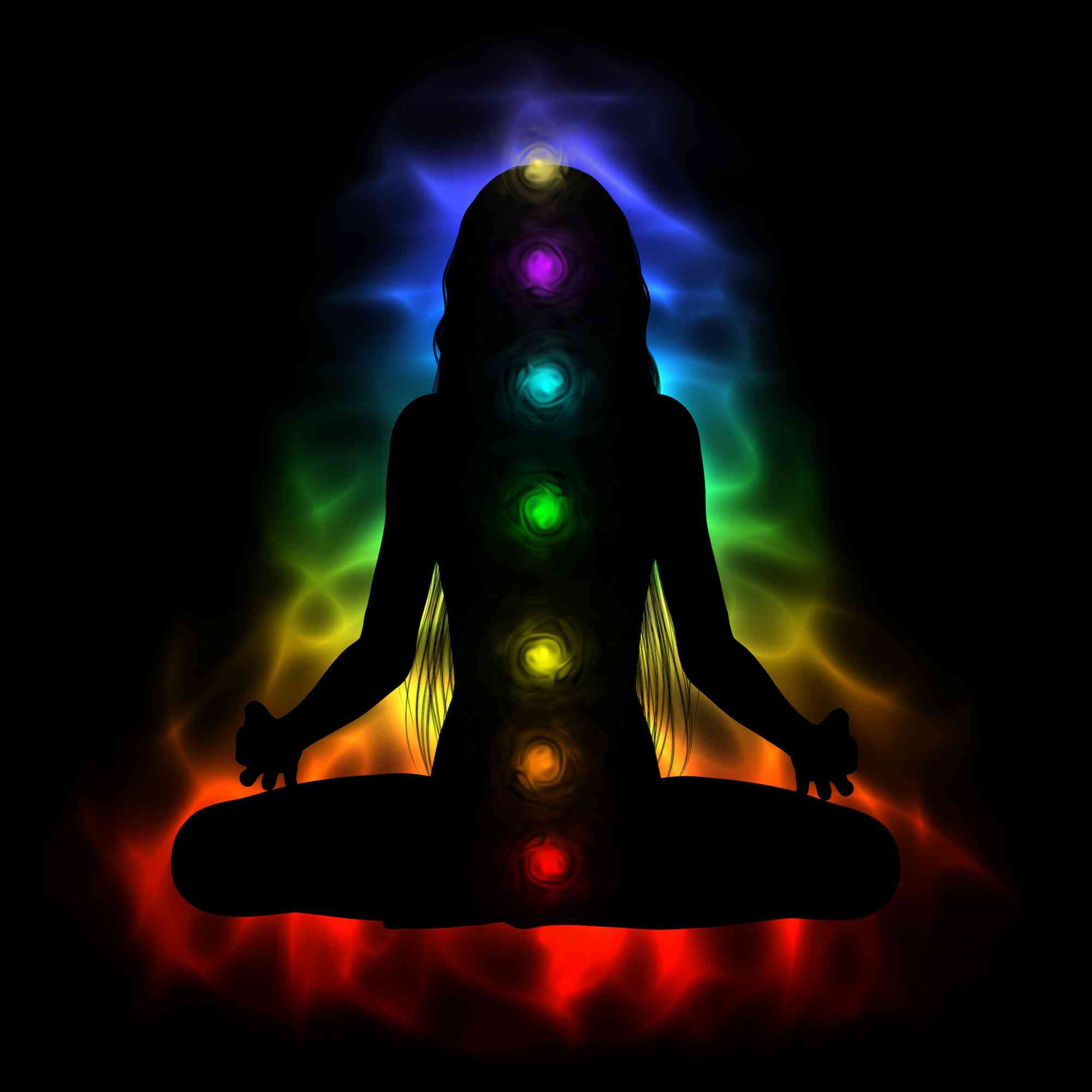Physical Address
304 North Cardinal St.
Dorchester Center, MA 02124
Physical Address
304 North Cardinal St.
Dorchester Center, MA 02124


Imagine prana energy as the vital life force that pervades everything in existence. It’s like the electricity powering your devices, but instead, it’s for living organisms.
In humans, prana is the spark that drives our physical, mental, and spiritual functions, imbuing us with life, vitality, and consciousness.
Think of prana energy as the fuel that energizes the practices of Yoga and Vibrational Medicine. These modalities aim to balance and enhance the flow of prana, leading to improved health, increased vitality, and a profound sense of well-being.
Prana, a Sanskrit term, literally translates to ‘life force’ or ‘vital principle’. It encompasses the complex concept of a universal energy inherent in all life forms.
Just like sunlight can be split into various colors, prana can be categorized into five subtypes or ‘vayus’: Prana Vayu, Apana Vayu, Samana Vayu, Udana Vayu, and Vyana Vayu. These different ‘winds’ of energy serve distinct roles in our bodies.
Consider prana as the maestro of an orchestra, coordinating all the various parts of your body. It governs everything from our physical movements and digestion to blood circulation, and even our thoughts and emotions.
Yoga is a toolkit that helps us tap into the reservoir of prana energy. Through different postures, breathing exercises, and meditation, yoga aids in regulating the flow of prana in our bodies, promoting physical health and mental clarity.
When you’re filled with prana, you’re likely to experience increased vitality, improved immunity, mental clarity, emotional balance, and a heightened sense of spirituality.
Pranayama, or yogic breathing exercises, is one of the main methods to amplify prana. Other practices include specific postures (asanas) and meditation techniques to help channel and concentrate prana.
Vibrational Medicine is a field that employs the vibrations of the body’s molecules to restore balance and health. In this context, prana is viewed as a form of vibrational energy that can be manipulated to enhance health and wellness.
By adjusting the flow of prana, Vibrational Medicine can assist in healing and recovery, stress reduction, and illness prevention.
This can involve practices such as energy healing, sound therapy, color therapy, and even the use of crystals, all aimed at harmonizing the pranic energy within the body.
Visualize chakras as swirling energy centers within your body. There are seven main chakras, and each corresponds to specific organs and physical, emotional, and spiritual states of being.
Prana flows through these chakras, and any blockage or imbalance can affect the overall energy flow, much like a roadblock on a highway can disrupt traffic.
Several techniques, such as yoga, meditation, and various healing practices, can be used to balance chakras and boost prana energy. It’s similar to tuning your car for optimal performance.
Swara Yoga is a unique branch of yoga that focuses on nasal breath. ‘Swara’ refers to the sound of one’s own breath. It’s an influential practice that uses pranic rhythms to balance the body and mind.
In Swara Yoga, prana plays a central role as the practice seeks to control and harmonize the flow of prana through breath regulation. It’s like playing a flute, where the music produced depends on how you control your breath.
Different breathing techniques are used in Swara Yoga to control prana flow. The practice also includes observing and controlling the dominant nostril and the application of mudras or yogic gestures.

Pranic Healing is a system of energy medicine that utilizes prana to balance, harmonize, and transform the body’s energy processes. It’s akin to having an energy makeover.
Pranic Healing can cleanse and energize your aura, aiding in physical and psychological conditions, reducing stress, and enhancing overall well-being.
Pranic Healing involves techniques to cleanse the aura, energize the body, and balance the chakras. Practices include sweeping, energizing with prana, stabilizing and releasing projected prana, and sealing the aura.
Scientifically, the concept of prana can be compared to bioelectricity or the energy flow within the body’s cells. Swara Yoga, with its focus on breath, taps into the autonomic nervous system, influencing physical and mental health.
With advancements in AI, we can now analyze and understand complex patterns, such as those found in breathing rhythms or energy flow. This can provide deeper insights into prana and practices like Swara Yoga.
The future is promising, with potential for further integration of these ancient practices into mainstream healthcare and increased scientific validation of their benefits.
In a nutshell, prana energy is the underpinning force that drives yoga, vibrational medicine, and Swara Yoga. It’s the current that fuels our health and well-being.
On the whole, understanding and harnessing prana energy can be a game-changer in our pursuit of a healthier, more balanced life. It’s like discovering a secret key to unlock our full potential. So, the next time you’re feeling a bit off, remember the power of prana. It might just be the energy boost you need.
A: Prana is the vital force that flows through everything in the universe, including our bodies.
A: Prana is responsible for maintaining balance and optimum functioning of our physical, mental, and energetic bodies. When prana flows freely, we experience good health and well-being.
A: Yes, there are five main types of prana: prana (upward moving), apana (downward moving), samana (equalizing), vyana (circulatory), and udana (outward moving).
A: Nadis are subtle energy channels through which prana flows. There are 72,000 nadis in the human body, with three main ones: ida (left), pingala (right), and sushumna (central).
A: The flow of prana follows a specific path through the nadis in our body, starting from the base of the spine and moving upward to the crown of the head.
A: Pranayama is the practice of controlling the breath to influence the flow of prana. By regulating the breath, we can control the flow of prana in the body.
A: Prana and qi are similar concepts, both referring to the life-force energy that flows through our body. The main difference is that prana is a Sanskrit term used in yogic and Ayurvedic traditions, while qi is a Chinese term used in Traditional Chinese Medicine.
A: The functions of prana include proper digestion and elimination, circulation of blood and lymph, proper functioning of the nervous system, and maintaining overall balance and harmony in the body.
A: Yoga practice includes various postures and breathing techniques that help to regulate the flow of prana in the body. Practicing yoga helps us to become more aware of prana and develop a deeper connection with this vital energy.
A: The energetic body refers to the subtle energy system in our body, which includes chakras, nadis, and prana. According to yoga philosophy, the energetic body is just as important as the physical body, and imbalances in the energetic body can lead to physical and mental health issues.
A: We can improve the circulation of prana in our body by practicing yoga postures and pranayama techniques and adopting a healthy lifestyle that includes proper nutrition, regular exercise, and stress reduction.